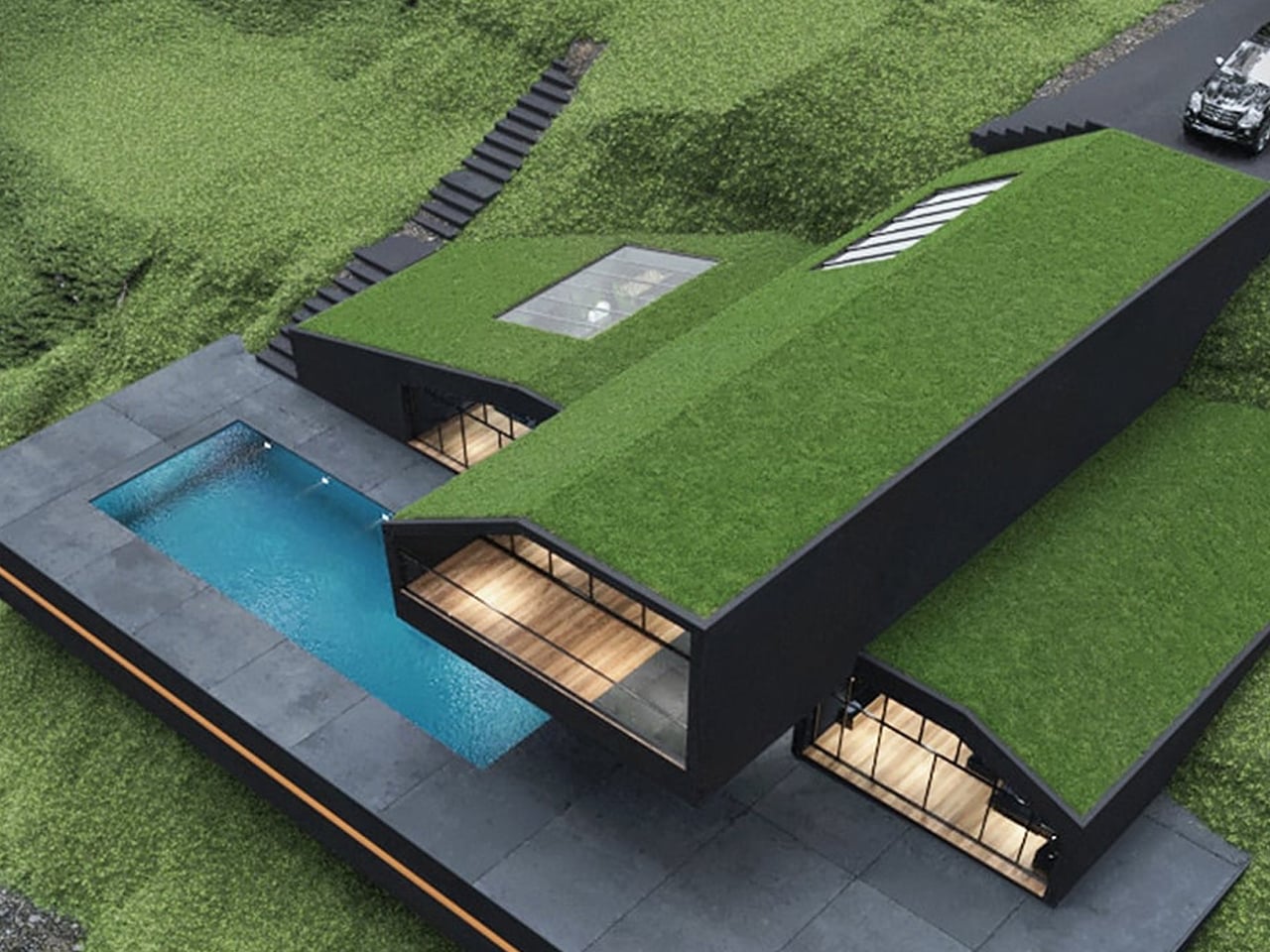
"The concept of home is evolving, shifting from mere shelter to spaces that genuinely nurture our well-being. This means creating a harmonious connection with nature by designing homes that don't just occupy land, but feel like an extension of it. Achieving this requires thoughtful choices in design and materials, starting with a deep understanding of the very ground on which the home will rise."
"The architect walks the land at different times of day, noting where the sun rises and sets and feeling the direction of evening breezes. They observe how rainwater flows, where mature trees stand, and the natural contours of the terrain. Each detail informs the design, ensuring the home responds to its surroundings rather than resists them. A house created with this awareness naturally harmonizes with the environment."
Home design is shifting toward spaces that nurture well-being by forming harmonious connections with the surrounding landscape. Site-specific analysis—tracking sun paths, breezes, water flow, trees, and terrain—guides decisions so houses respond to their context rather than fight it. Integrating natural light, improving ventilation, and selecting materials with minimal environmental impact produces healthier, more serene, and more energy-efficient dwellings. Green roofs provide insulation and can lower rooftop temperatures by 30–40°F compared with conventional roofs, reducing energy consumption. Thoughtful, responsive design preserves land beauty while decreasing reliance on artificial heating and cooling.
Read at Yanko Design - Modern Industrial Design News
Unable to calculate read time
Collection
[
|
...
]